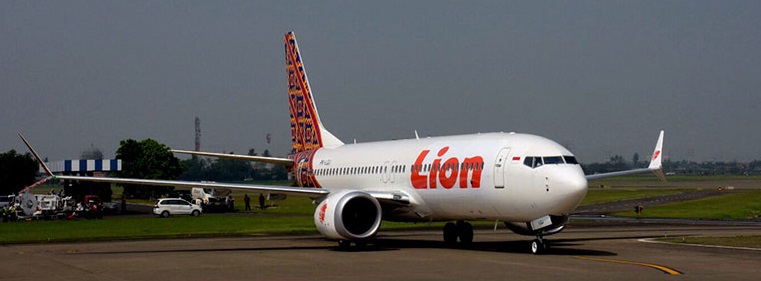Letter from Dennis Muilenburg to Airlines, Passengers, and the Aviation Community
We know lives depend on the work we do, and our teams embrace that responsibility with a deep sense of commitment every day. Our purpose at Boeing is to bring family, friends and loved ones…
